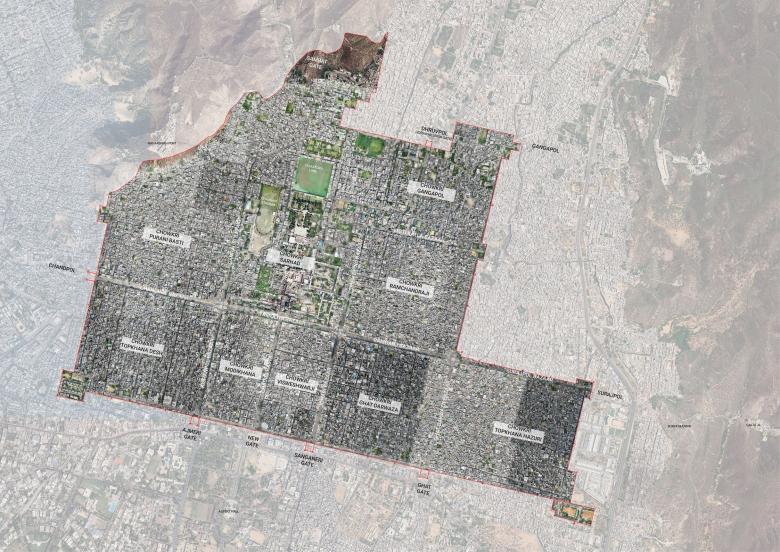As a cultural World Heritage Site in an arid region of India, Jaipur city is experiencing pressures of a rapidly expanding human population and is susceptible to growing impact from climate change. To address some of the key issues faced by the city, the process established by a multidisciplinary research-practice team during the ICCROM-IUCN World Heritage Leadership Heritage Place Lab led to a wide-ranging, management needs-oriented research agenda which will add to the existing body of heritage conservation of Jaipur. The Heritage Place Lab promoted a cross functional collaboration between the Manipal University, Wildlife Institute of India Category 2 Centre and Jaipur Municipal Corporation and Town Planning, in which all institutions applied their respective expertise to (1) revise their individual approaches to heritage conservation and (2) to develop a common policy incorporating diverse points of view that may serve as a template for other teams, especially in the field of urban heritage.


